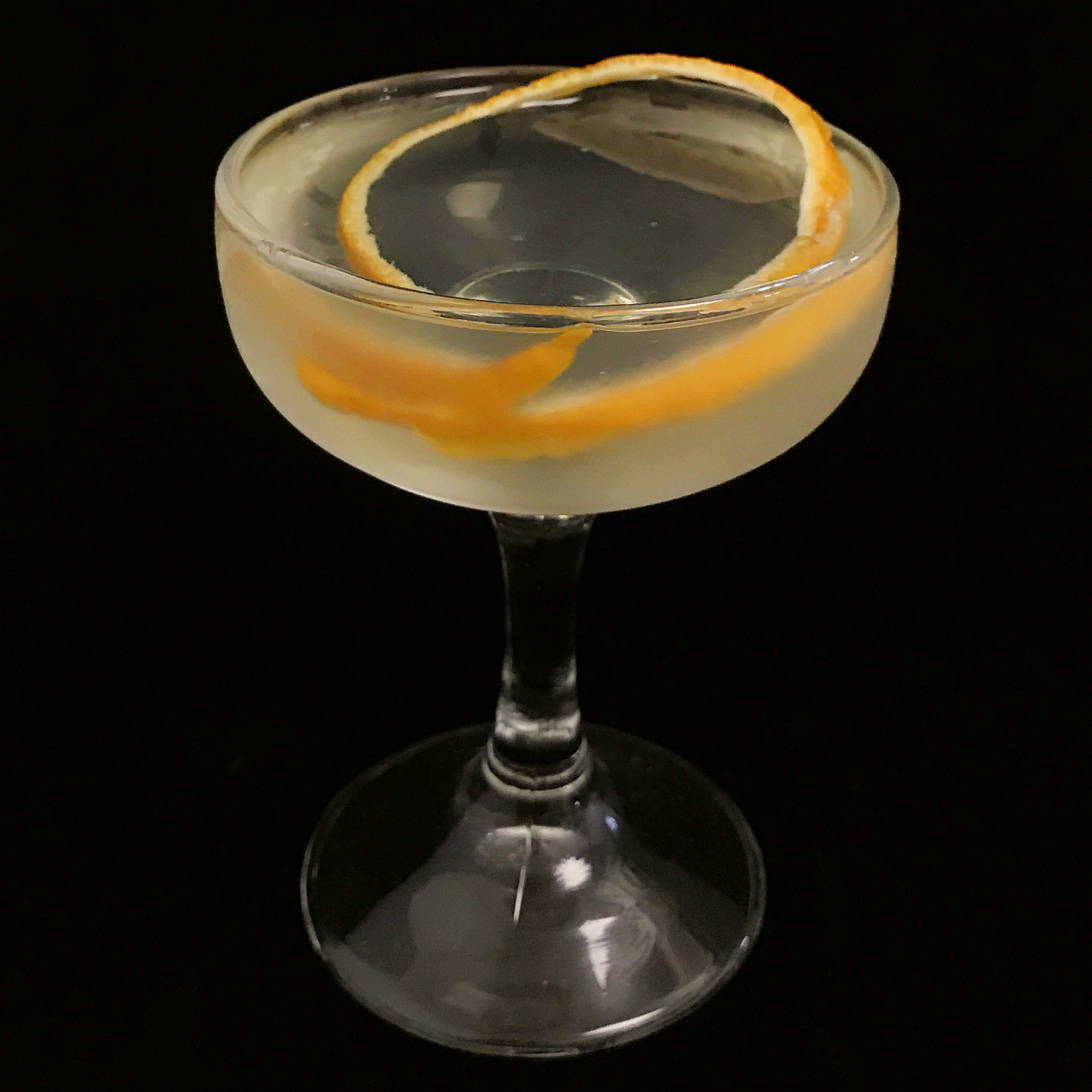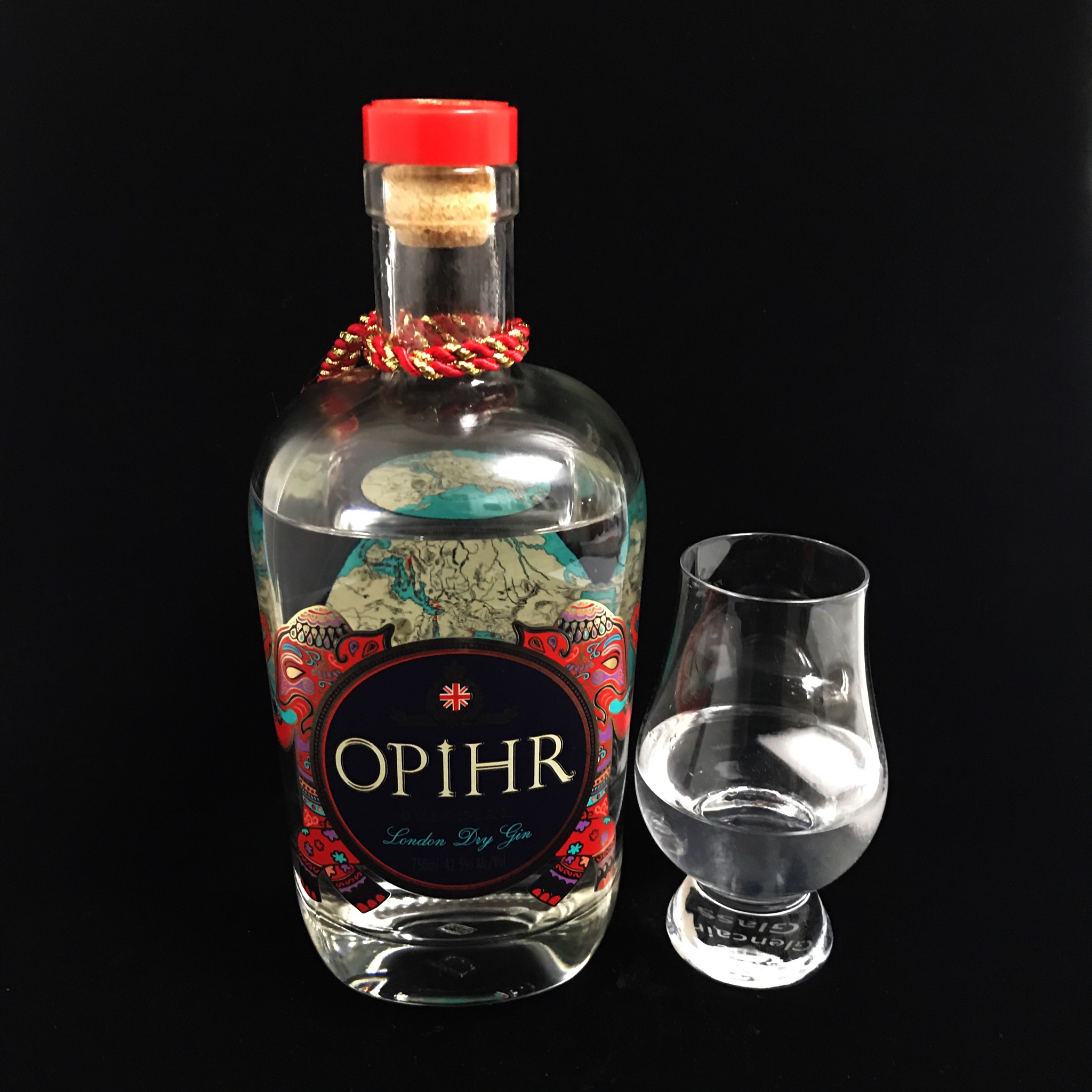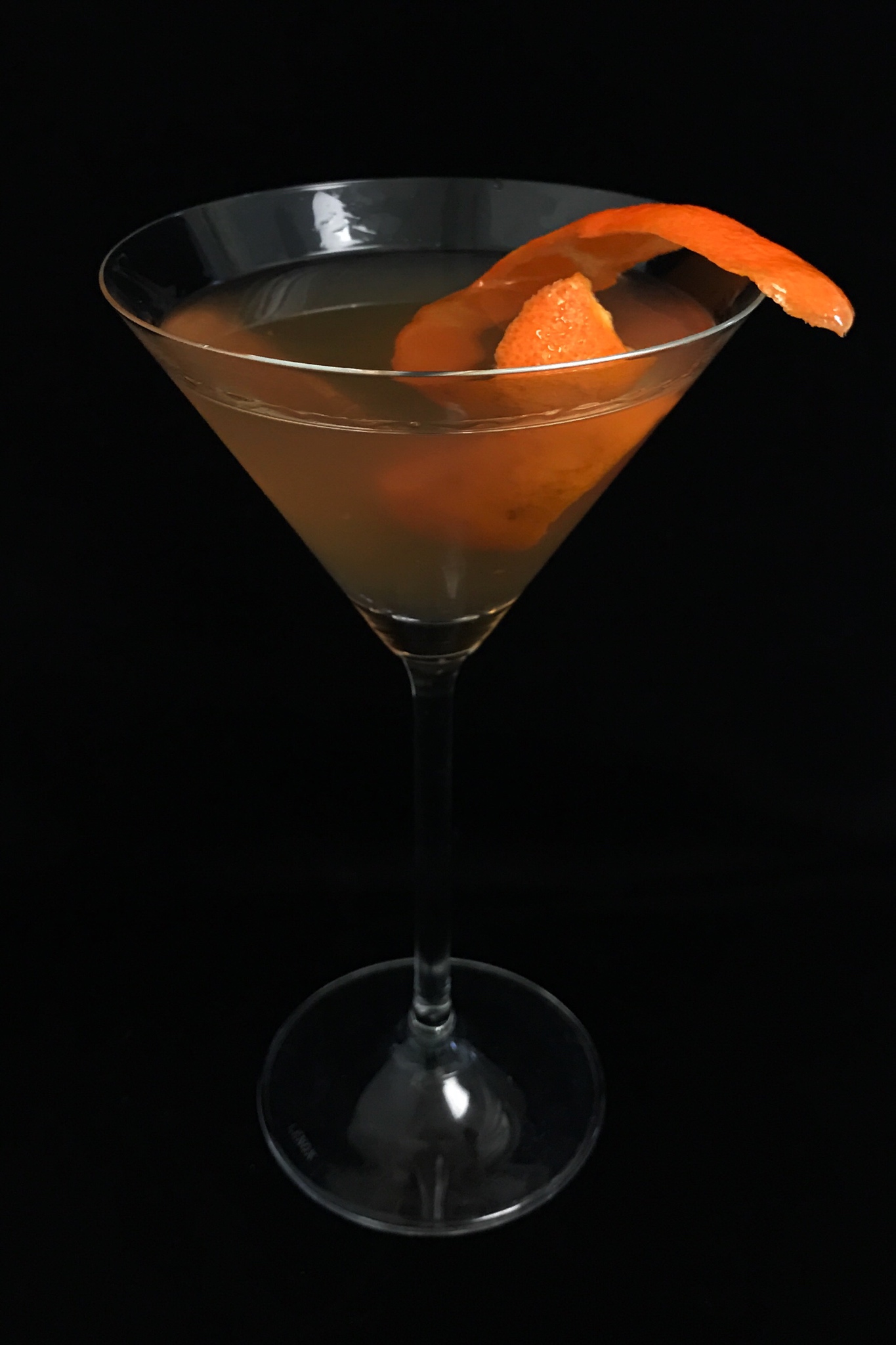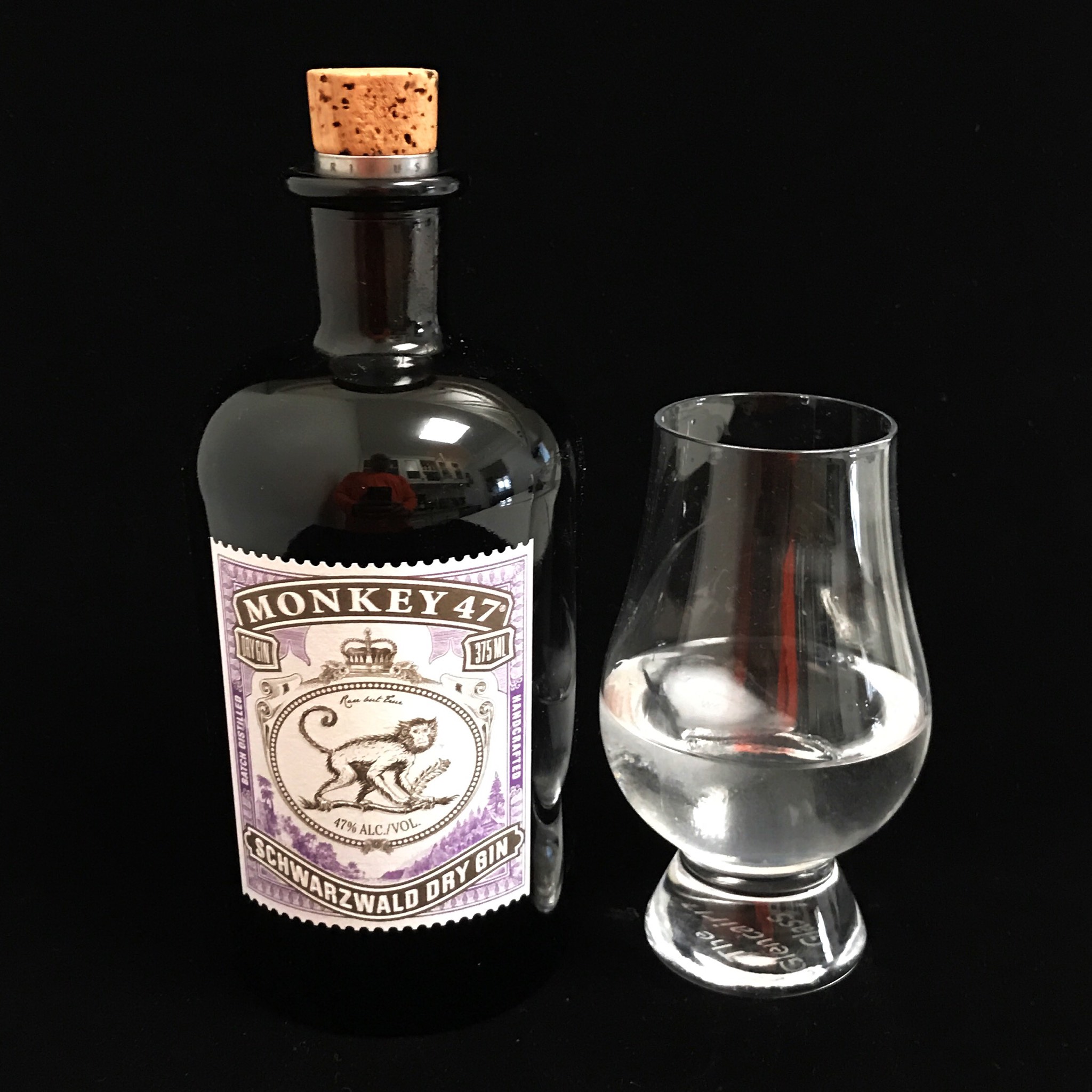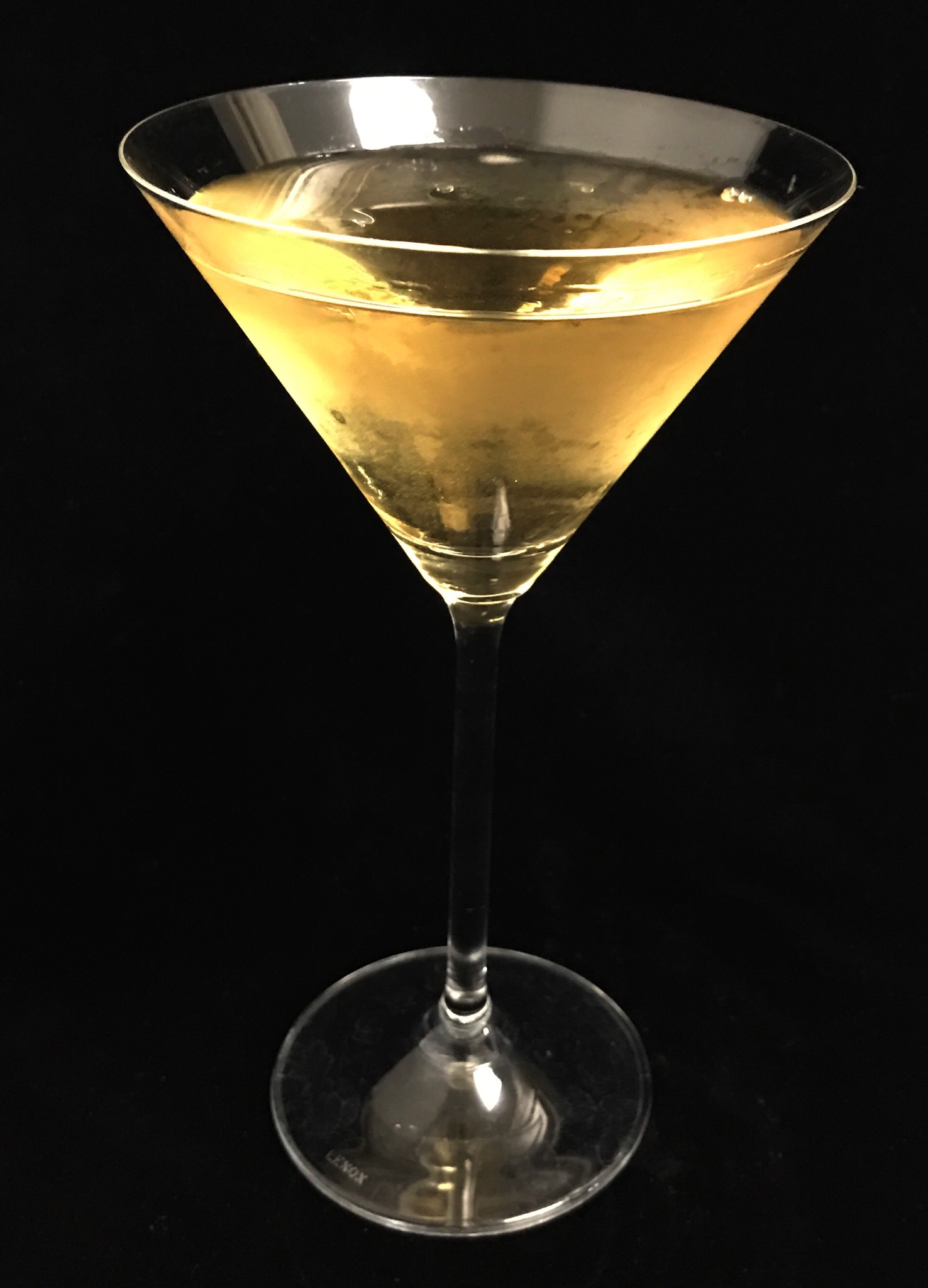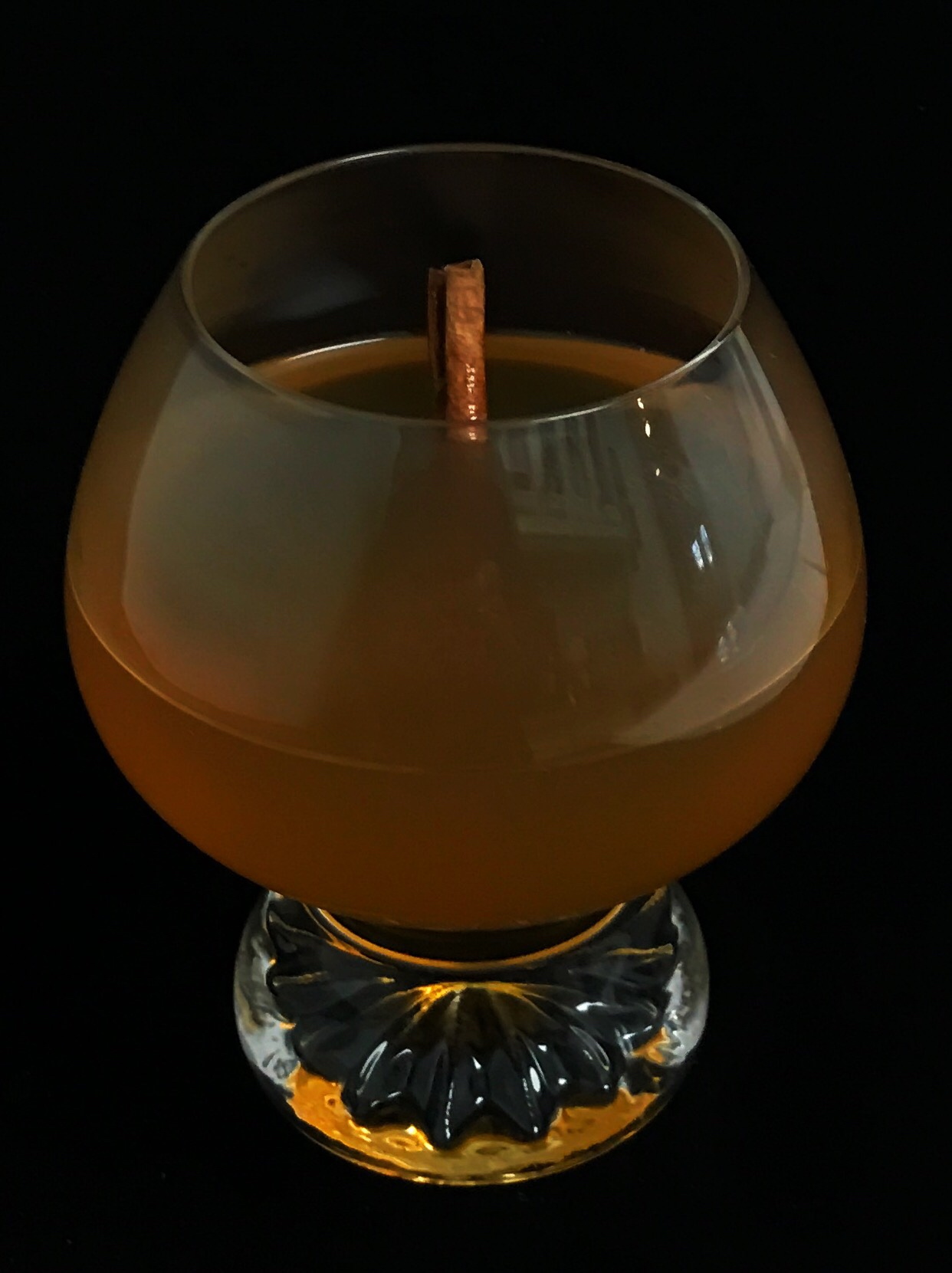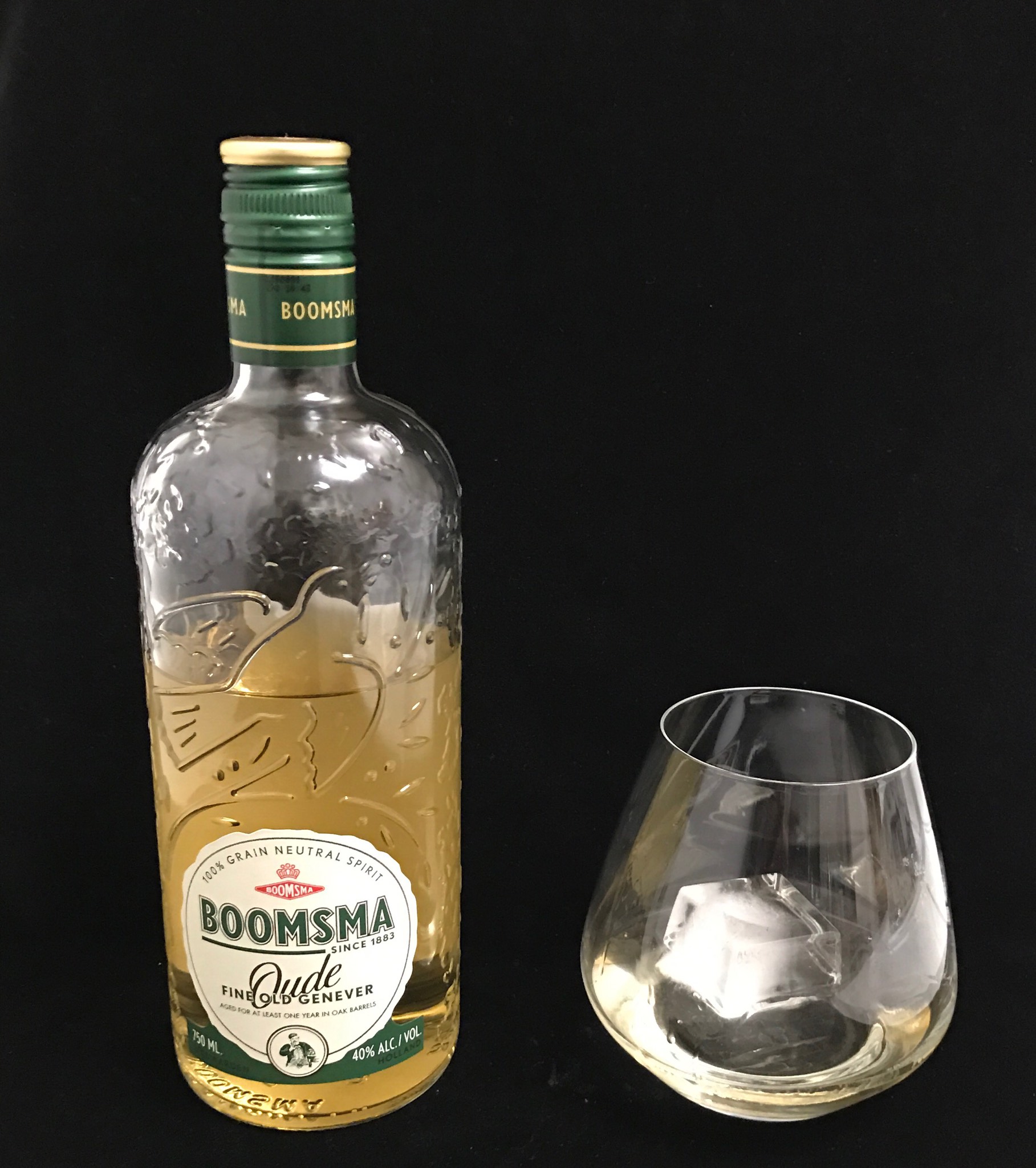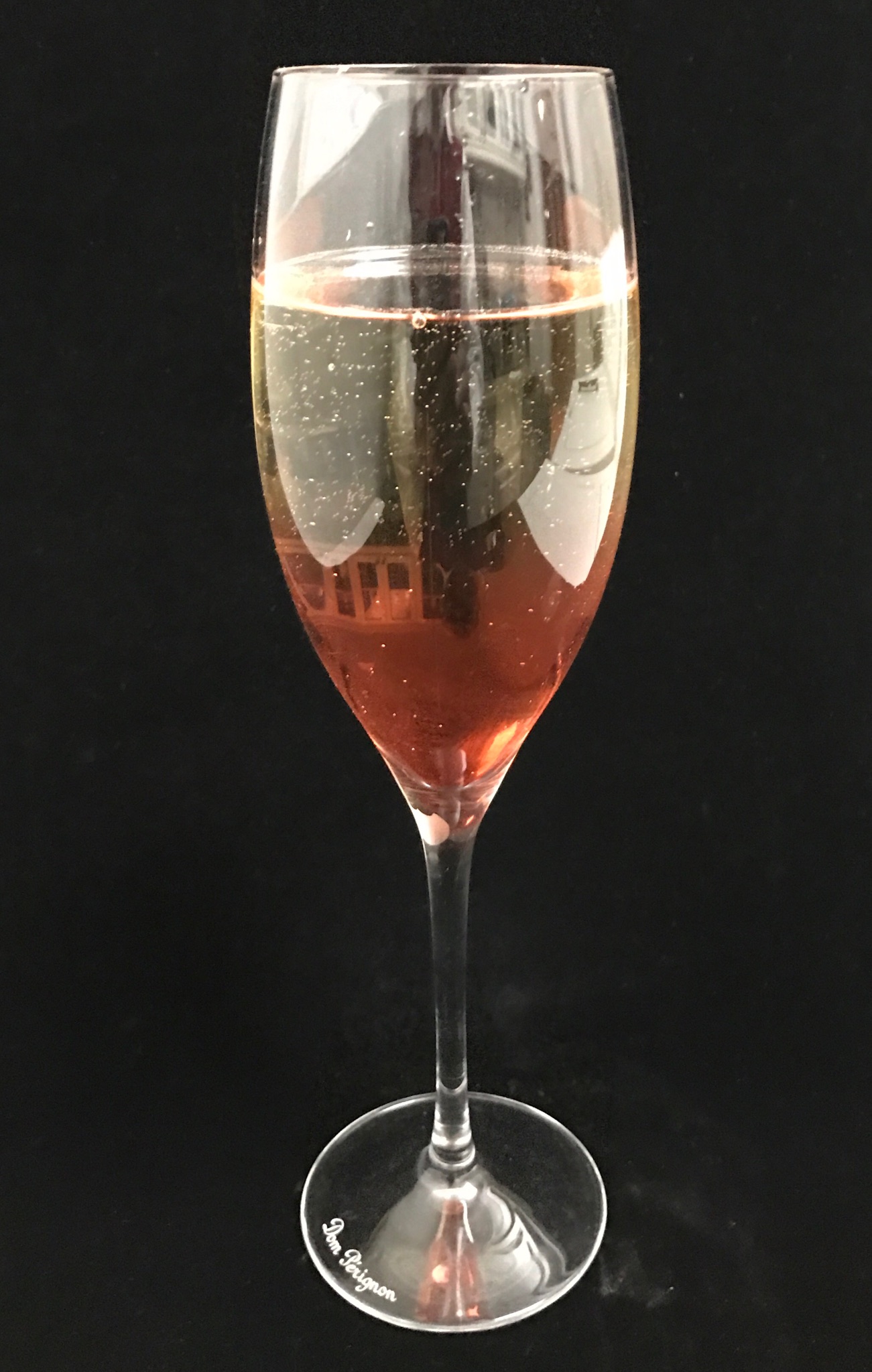From the bartender’s corner – Gin #8: Esme Gin
First, let me admit that I have no idea where is the distillery that makes this gin. I know it is in France. And I have written multiple times to the distributor that imports it from France. But they had steadfastly, refused to respond.
When you open the bottle – which is pretty cute in shape – the first thing that hits your nose are the citrus notes. This is certainly what would be called a citrus-forward gin. I tried this with some Indian Tonic Water. The nose sure was citrusy and juniper. The palette initially is that of juniper but soon in the finish you sense something even sweeter – almost floral. And that is when you realize that you are drinking one of the rare gins that uses rose petals during the distilling process!
The base of the gin is neutral spirit made from indigenous French wheat. The infusion includes juniper, citrus, orange blossom, cucumbers and rose petals,
Try it some time. You will not be disappointed. Stick with a martini or a gin and tonic (or even gin on the rocks) to truly get a sense of the gin. The rose petal aroma can get very quickly overcome by the ingredients of most cocktails.

